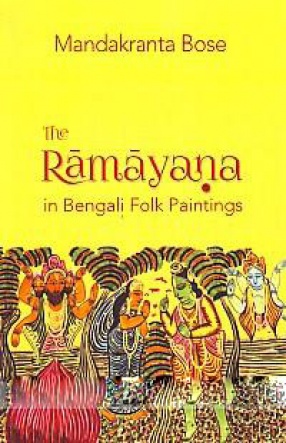
Showing all 6 books

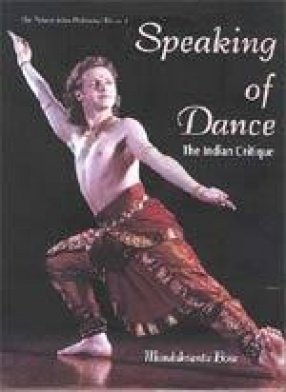


Indian classical dance is a 'high art'. In ancient India, it was even venerated as a 'sacred' act. Ever since Bharata wrote his seminal Natyasastra (c. 200 CE), it has been one of the central elements of scholarly discourse, generating a whole host of learned treatises. Mandakranta Bose here takes a close look at this vast Sanskritic textural corpus attempting not only to reconstruct India's two-millennia-long dance tradition, but also to dispel the historical ...
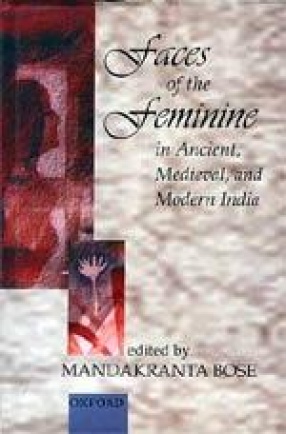
"This book offers a variety of scholarly studies in the idea, situation, and definition--including the self-definition--of women in Indian society, from the earliest historical period up to the present day. Both in its range of topics and depth of research, this volume creates a sustained focus that is not presently available in the literature on women in India. Faces of the Feminine in Ancient, Medieval, and Modern India comprises 25 essays contributed by a ...

These essays, originally presented at an international conference, are in the forefront of the modern response to an ancient work that has gained a new critical and social relevance in contemporary scholarship. Approaching the Ramayana from several angles in an attempt to understand its aesthetic and ideological meaning, they examine the epic through the perspectives of textual criticism, art, architecture and film. Thereby they address critical issues such as ...
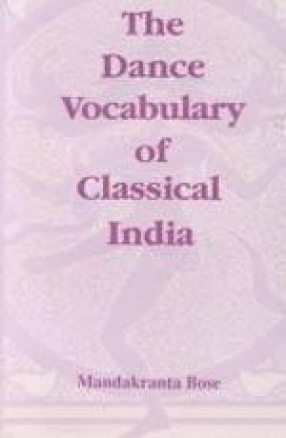
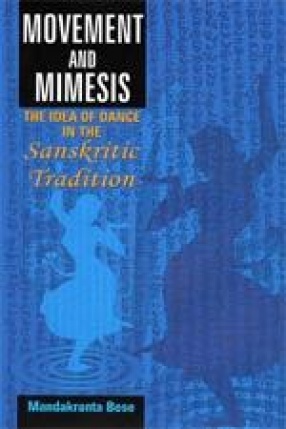
The antiquity of dance in India is well known but its precise characteristics are not. What, exactly, constituted dancing? How was it distinguished from other performing arts? These and other fundamental questions about the nature of dancing can best be answered by delving into the rich corpus of extant Sanskrit treatises on dancing, which extend over two thousand years. Of all sources of the history of dancing, these works remain the most eloquent ...
